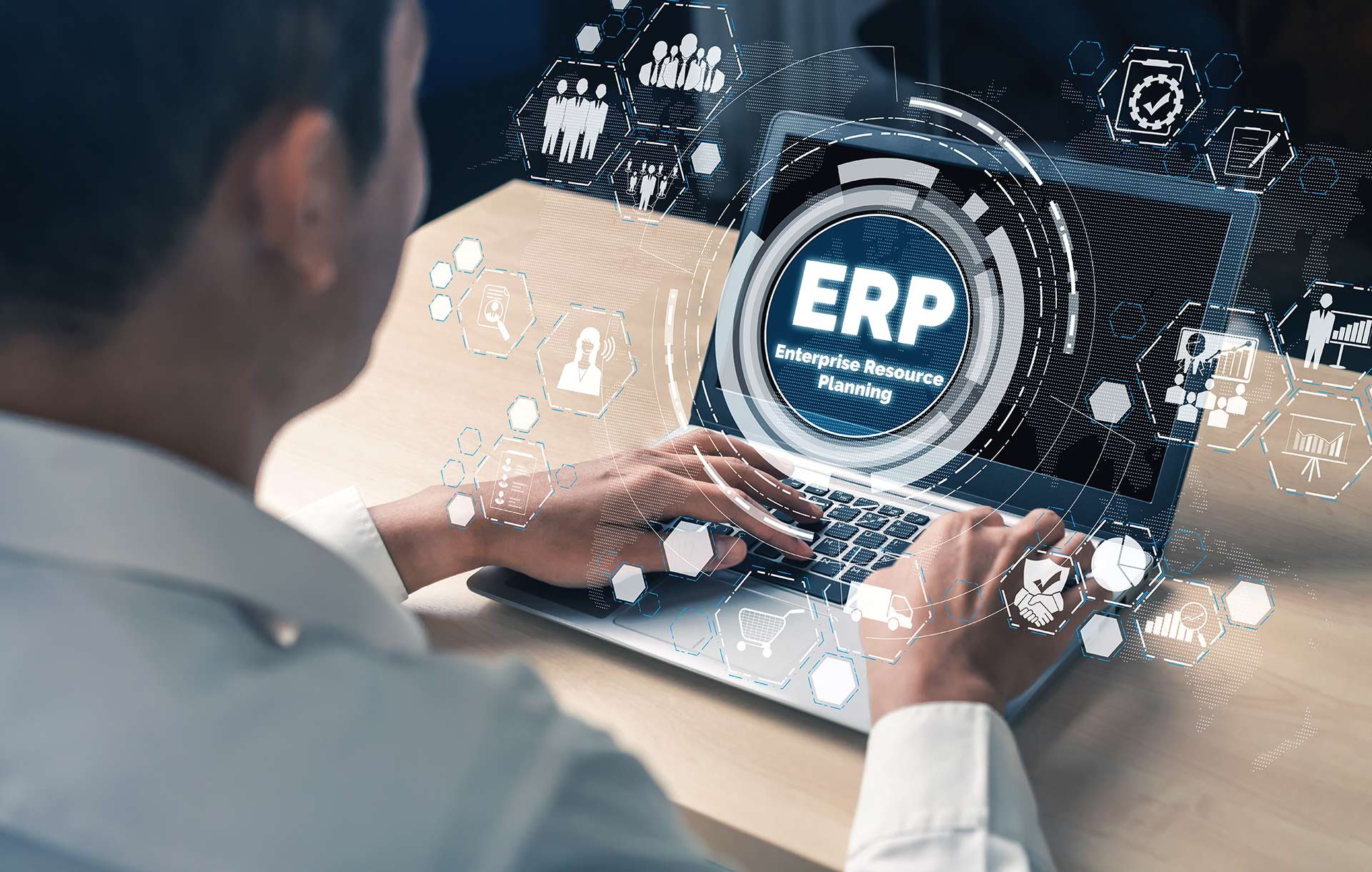
The procurement of an ERP (Enterprise Resource Planning) system is often considered difficult, time-consuming and an unreasonably expensive investment. However, it is not necessarily so, if the background work, i.e., the comparison and appropriate selection of the ERP system, is performed carefully. Since there is a large number of different ERP systems available in the market, the mere comparison of systems may already seem quite a job. How can you then find the solution that best suits your specific needs among these systems?
First, analyze the current state, processes and specific features
We often dive right into the procurement of an ERP system comparing different systems, system suppliers, prices and features. However, it is even more important to identify the current state, needs and specific features of the business. At its best, ERP strengthens and even helps create completely new competitive advantages, provided that the specific operational requirements have been considered during the selection of the system.
For a comprehensive current state analysis, the insight of the entire personnel from the management down to the grassroots level is needed to ensure that the total view reflects the true picture as precisely as possible. The more closely and extensively end users can be involved in the system procurement and the progress of the entire project, the better the conditions are for a successful deployment of the new system.
When performing the current state analysis, it is useful to consider what works and what does not work in the day-to-day management of the company. Are there obvious bottlenecks and which work steps are the most frustrating ones to employees? Or which of the current processes are to be maintained?
If this step is not completed carefully enough, there is a risk that the new system will differ too much from the existing processes. The price paid for this will be a disarray in daily work. The system may turn out to be too inflexible at the deployment stage, if factors, such as an extensive product range or a set of customizable services, have not been adequately considered at the design stage.
Next, define the goals of the ERP system
Appetite often comes with eating and it is even too easy to set a large set of requirements to an ERP system. Instead of a long and detailed list of requirements, above all, it is useful to focus on one critical feature: adaptability of the system.
A scalable system makes the investment more profitable. At its best, ERP can even create the conditions for growth and new breakthroughs once the processes have been streamlined and versatile system properties enable agile experiments.
At this stage, at the latest, it is good to engage the entire organization and find out the end-user preferences. After identifying the needs of the different user groups and businesses, the requirements can be prioritized dividing them into three categories, such as: key features, quite important features and those that may be needed sometimes or the so-called nice to have features. If needed, an experienced partner can help prioritize and define targets that support the business.
Finally, identify systems and the best suited system partners
Once the background work is done, the actual comparison of systems can be started. It is very likely that, despite an abundant supply, an ERP system that perfectly meets the needs of your business cannot be found. Therefore, start the comparison by assessing the basic features and capacities of different systems and their possibilities for customization and further development.
Often, the most sensible and cost-effective choice is a modular ERP that includes the most critical features for you as well as future growth potential. Since a good ERP system serves longer than a few years, it is important to gaze out firmly at the horizon during the selection process.
An advantage of a modular system is the stepwise deployment, which also lowers the total risk of the project. The overall deployment process is more agile since the configuration of pre-built modules and interfaces with other systems allow rapid deployment of features and flexible scaling of the system. In addition, the modularity enables further development of company-specific features. There is also less resistance to change when the deployment can be made feel a more human-sized challenge.
Read more
From sales to installation – a modular ERP system makes room for growth
Total ERP by Pinja

Ari Harjula
I work at Pinja as the head of Total business unit. In addition to our ERP solutions, I help our customer companies streamline business and knowledge management with various BI and integration solutions. In my work, I am particularly inspired by interesting customerships and solving customers' diverse challenges. Due to my background in industrial economics and process industry, the company’s production processes as well as building bridges between technology, people and commerce are close to my heart.
Back to the Pinja Blog
Categories
- Career at Pinja (68)
- Manufacturing (48)
- Knowledge Management (45)
- Production Development (44)
- Software Partnership & Tools (42)
- Sustainability (37)
- Wood and Forestry (37)
- Bioenergy and Recycling (27)
- IT Support and Outsourcing (24)
- Ecommerce (23)
- Maintenance (22)
- Artificial Intelligence and Machine Learning (15)
- Public Services (9)
- Compliance (1)